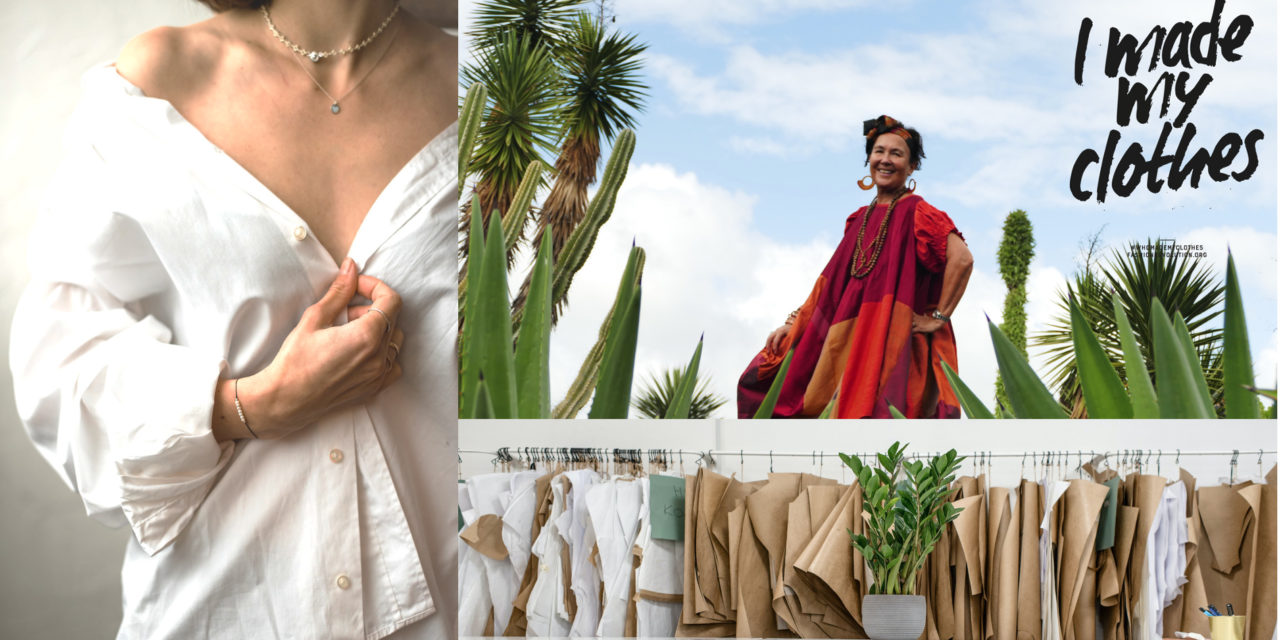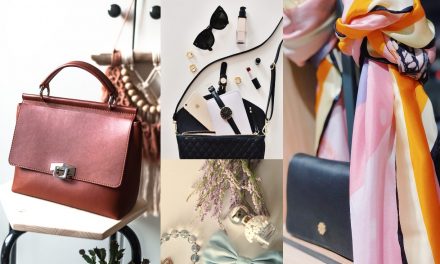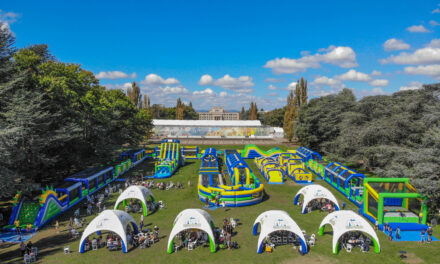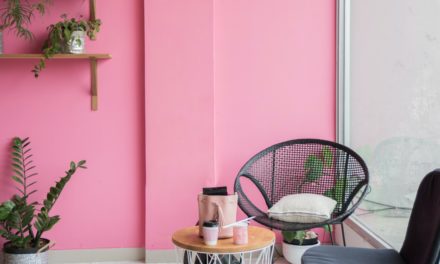Sydney Observer Contributor
The term ‘slow clothing’ can mean any number of techniques and ways of living that incorporate sustainable and mindful clothing that is good for us and good for the planet. “It can mean buying more carefully, and more quality clothes that are going to last you for longer, and sometimes it can mean being more engaged and working with what already exists in the world and recreating that and putting your own energy and effort into it to make it your own,” Jane explains, a slow clothing advocate and Textile Beat creator.
Indeed, individual autonomy is a huge part of the slow clothing movement. The ability to mend and upcycle your clothes is a means of resisting the fast-moving and often unforgivable mainstream fashion industry. This is resistance not only for the sake of vanity but also in the wake of pressing ethical issues arising from fast fashion culture including exploitation and massive amounts of waste and pollution. Jane attributes the growth of incorporating natural fibres into her own wardrobe to the growing body of research that has shown how synthetics – essentially plastic in being derived from petroleum – is shedding micro-plastic particles into the ecosystem. Aside from the obvious environmental impacts reducing the intake of synthetics would have, the fact that natural fibres are also typically more comfortable and long-lasting compared to synthetics is worth thinking about – “I love the feel of natural fibres, the problem with synthetics is that they don’t breathe the same way,” Jane says.
For many people in the fast-fashion grind, the convenience and affordability of shopping generic brands is an alluring enterprise. For Jane, however, this is part of the slow clothing mission, the importance of still being mindful in how you shop regardless of the convenience. “We still need to think even if we’re busy, it’s purchasing in thoughtful ways rather than just purchasing because it’s on sale. It’s actually buying for the long term, and that really means setting fashion trends off to one side and just buying timeless investment pieces.”
Ultimately the slow clothing mission is part of a greater method of living more slowly and allowing yourself to be mindful when engaging in daily tasks, which can be done through anything from food to clothing. “It fits into a bigger picture of slow living and reducing our waste and our material load on the world. There’s no harm in thinking more – you can always take similar actions. But we’ve really got to appreciate that life made easy for us on the back of a life that’s very difficult for a lot of people that are making the clothes isn’t healthy really.”
For Jane, the future of slow clothing means shifting from engaging in fast fashion to greater wellbeing. In doing so, supporting local makers and natural fibres is essential to creating a space where people can think critically about what they wear, and having that be acceptable on an individual level. The importance of making this accessible for the individual is also a great way in which Jane has transformed the slow clothing movement. Stressing the usability and satisfaction of learning simple hand-stitching techniques to mend and upcycle clothing is key to Jane’s mission. “Once you learn some basic skills, and it’s not a big mountain to you it’s actually quite easy to do some hand-stitching, it doesn’t need to be that time-consuming,” says Jane.
“It feels good to fix things, because when you’re fixing that your kind of mending your own life as well in the autonomy that comes with that. “It doesn’t need to be perfect, in fact, it’s more interesting when it is imperfect.”












